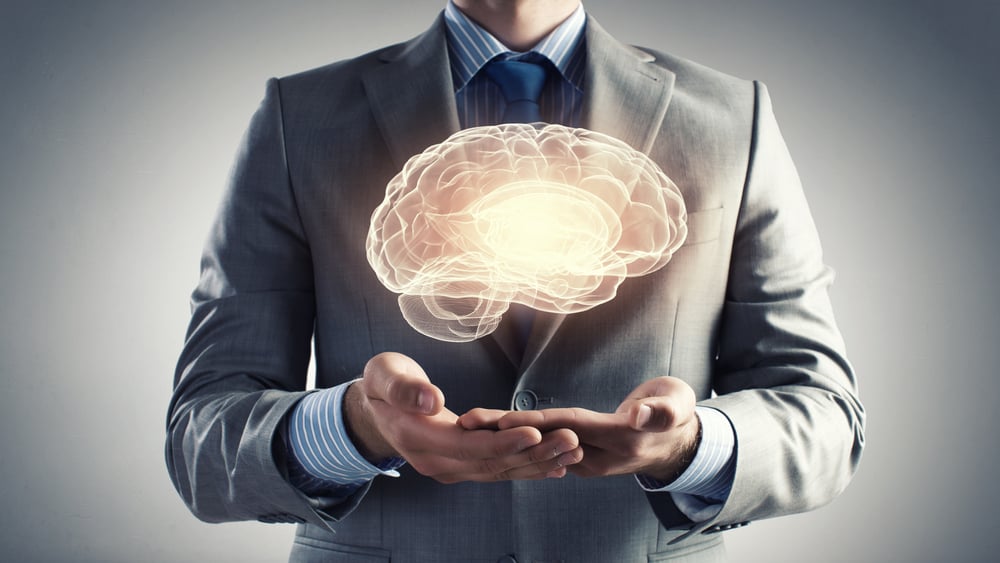By Brenda Curtwright on Oct 9, 2019 4:00:00 PM

Over 2.6 million people are diagnosed with brain injury annually. Brain injury can be caused by an external force such as a blow to the head or occur at a cellular level such as from a stroke. More than 5 million people with TBI require assistance with daily functioning on some level. Many individuals who require assistance benefit from cognitive rehabilitation,
Cognitive Rehabilitation Goals
The goal of cognitive rehabilitation treatment approaches in Traumatic Brain Injury (TBI) is to restore skills or help patients compensate for weaknesses and improve the quality of life. Treatment can focus on training one aspect of cognition (e.g. attention) or focus on more broad abilities (e.g. focusing on attention, processing speed, and memory training).
Features of Cognitive Rehabilitation Therapy for patient with TBI
Treatment is individualized to the patient’s needs and looks different from patient to patient, however, includes typical outpatient therapy provided by a speech-language pathologist often includes the following critical features::
- Provides evidence based strategies to assist individuals with improving focus, decision making, word retrieval, language skills, speed of recall, and organization.
- Strengthens intact cognitive skills and communication categories (attention, memory, processing speed) to support the patient’s independence
.
- Trains different ways to communicate (spoken language, gestures, picture communication, speech-generating devise, and or written language).
.
- Focuses on the needs and desires of the individual to make them more functional in their environment.
- Takes into consideration input from caregivers, physicians, neurologists, neuropsychologists psychologists, physical and occupational therapists, caregivers as well as the individual.
- Teaching compensatory strategies that helps with patients and their families in their everyday life (e.g. how to keep appointments on calendars, setting alarms to remember to groom themselves, and setting up systems to help a patient recall how to take medication).
- Training family members about TBI, what to expect from treatment, and how to communicate with person with TBI
- Measuring progress to determine the effectiveness of treatment by collecting data on patient performance and comparing it to how the patient changes over time.
Key to Treatment
Treatment can start with working on practical needs (e.g. patient scheduling of daily activities to help organize their lives) to more complex mental tasks (e.g. improving working memory to reduce information going in one ear and out the other) or start with working from the direction of more complex to practical goals. The key is the treatment is focused on the individual’s needs and values which is obtained, by the speech-language pathologist in the assessment phase of treatment.
Treatment can vary, but in a clinical setting may be one hour and range from 6 to 12 consecutive weeks with a reassessment at that time to determine if additional treatment is recommended.



comments